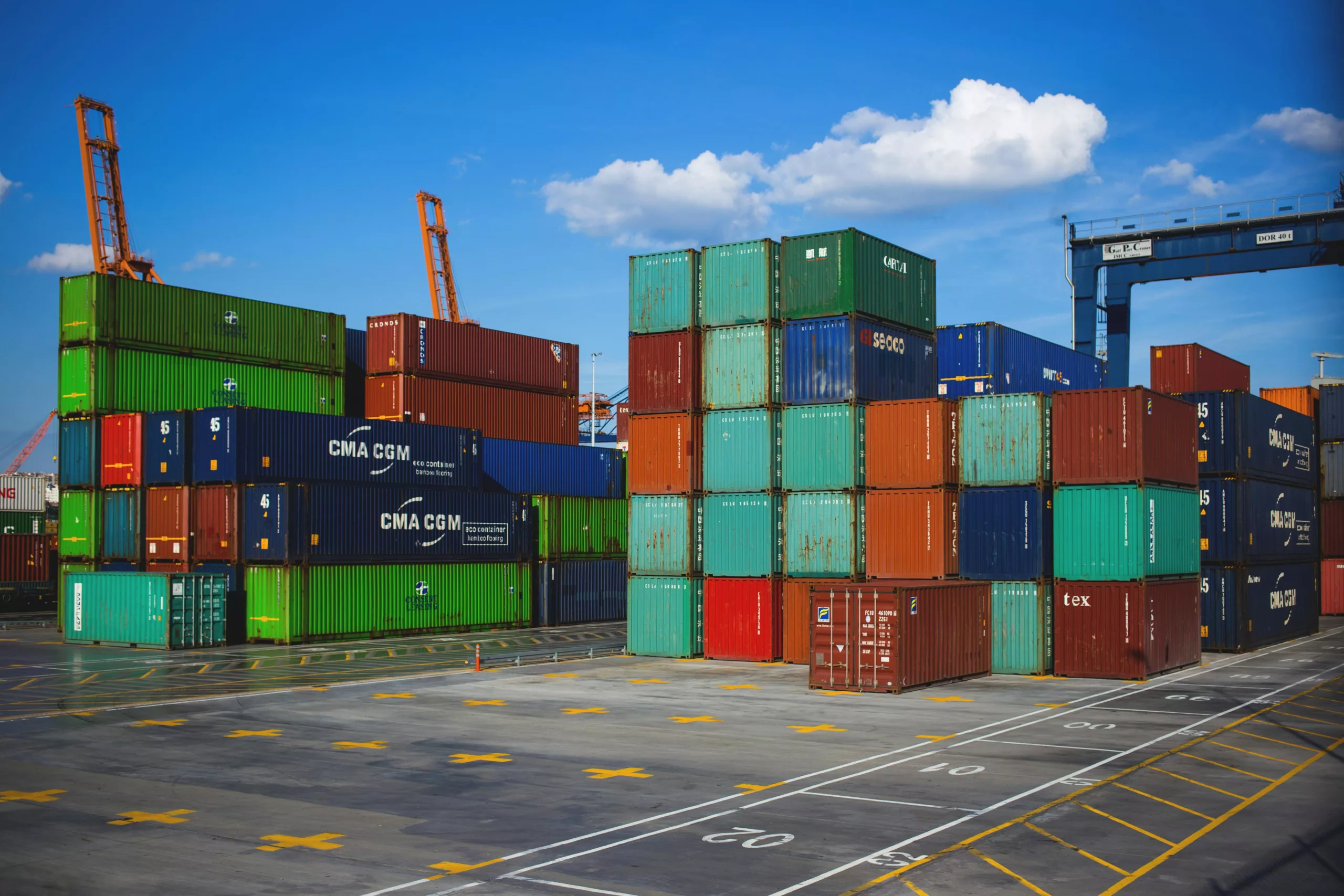The Biden-Harris Administration has embarked on an ambitious journey to transform America’s freight transportation systems. At the core of this transformation lies the National Zero-Emission Freight Corridor Strategy, an innovative plan targeting the swift and impactful deployment of zero-emission infrastructure for medium- and heavy-duty vehicles (ZE-MHDVs).
Building a Greener Future for Freight Transport
The collaborative effort led by the Joint Office of Energy and Transportation, DOE, DOT, and EPA aims to spearhead the shift towards zero-emission infrastructure between 2024 and 2040. This strategy aligns with the President’s goals of advancing clean transportation and decarbonizing the freight sector, ultimately benefiting communities, the environment, and the economy.
A Leap Forward for Public Health and Innovation
“Transforming freight transport is essential, not just for economy and efficiency, but for the public health and the environment as well,” says U.S. Secretary of Energy Jennifer M. Granholm. Addressing the decades of impact from diesel emissions, this forward-thinking strategy promises to deliver far-reaching benefits, from cleaner air for communities to significant cost savings for businesses.
National Climate Advisor Ali Zaidi highlights the drive to deliver environmental justice, emphasizing the strategy’s potential to overhaul freight transport on high-traffic roads. This is seen as a triple win for frontline communities affected by pollution, businesses that will gain from lower fuel costs, and the climate.
California Senator Praises the Strategy
Senator Alex Padilla expresses gratitude for the strategy. He views it as a whole-of-government effort that’s critical for achieving California’s and the Administration’s zero-emission goals.
The Four-Phase Plan for Zero-Emission Freight Infrastructure
The Strategy is designed to provide seamless access to electric vehicle charging and hydrogen refueling, supporting ZE-MHDV sales targets of 30 percent by 2030 and a full transition by 2040. The four-phase approach aligns public policy with strategic investments to prioritize and expedite infrastructure development across the National Highway Freight Network (NHFN).
National Electric Vehicle Freight Corridors to Enable Clean Commerce
The FHA introduces the National EV Freight Corridors, setting the framework for creating a robust, reliable and domestically fueled national EV charging network. Federal Highway Administrator Shailen Bhatt highlights the significance of this initiative in reducing greenhouse gas emissions and achieving net-zero emissions by 2050.
A National Network for Clean Energy on Highways
President Biden’s leadership has significantly expanded the availability of public EV chargers, further bolstered by substantial U.S. investments in EV charger production. The freight corridor designations aim to catalyze additional investments, with a special emphasis on addressing the charging needs of medium- and heavy-duty vehicles.
An All-Government Approach to Sustainable Infrastructure
This comprehensive strategy ensures government investment is strategically channelled to areas of highest impact for ZE-MHDV infrastructure. This smart deployment considers various factors, including freight volumes, environmental burden, and states already fostering zero-emission vehicle policies.
The phased strategy outlines clear steps for infrastructure advancement: starting with identifying primary hubs based on freight volumes between 2024 and 2027, connecting these hubs through crucial corridors up to 2030, expanding these connections to initiate a broader network from 2030 to 2035, and finally achieving a national network by 2040 for comprehensive access.
As the National Zero-Emission Freight Corridor Strategy comes into effect, it lays the groundwork for a cleaner, healthier, and more sustainable freight transportation system for the United States, marking a significant stride towards innovation and environmental stewardship.
